Nicolás Ortega
Nicolás Ortega is a New York-based Graphic Designer, Illustrator, and Art Director from Colombia. He previously worked as a designer for Milton Glaser Inc., Sagmeister Inc., and Penguin Random House. His illustration work has been published in numerous publications globally – including The New York Times, The Guardian, and The New Yorker. His design work has been awarded by The Type Directors Club, The Art Directors Club, The Society for News Design, American Illustration, The Society of Publication Designers, Communication Arts, and The One Show. His illustrations have been selected as the best illustration of the year by The New York Times and Massachusetts Institute of Technology – and awarded by the Society of Illustrators. Prior to New York, he worked at FABRICA Research Communication Center in Italy as an Art Director for Saatchi Saatchi, *SCPF, Dane Doyle Bernbach, and James Walter Thompson.
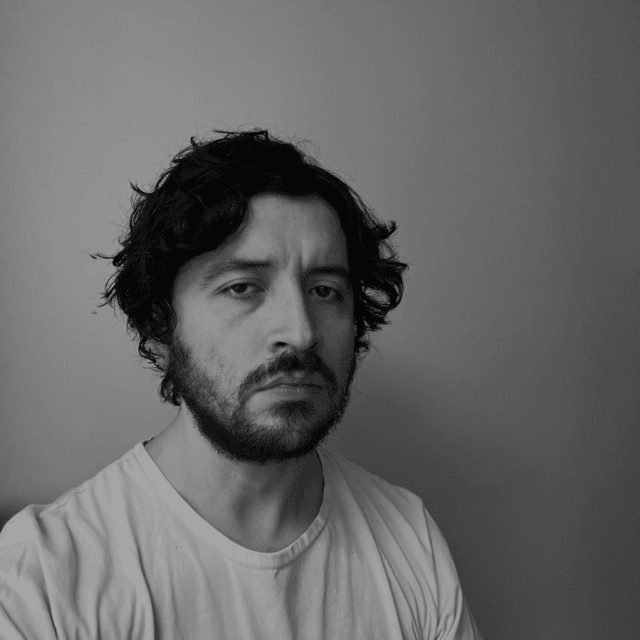

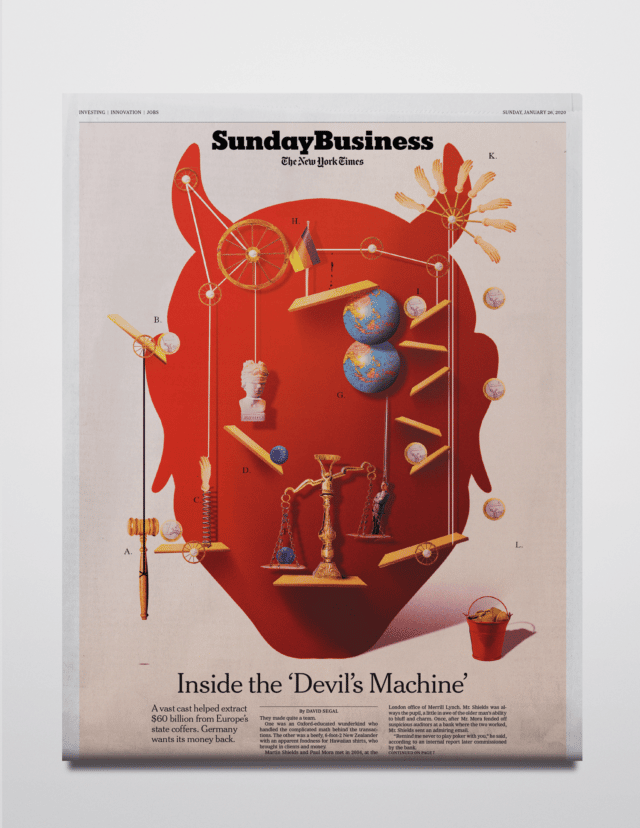
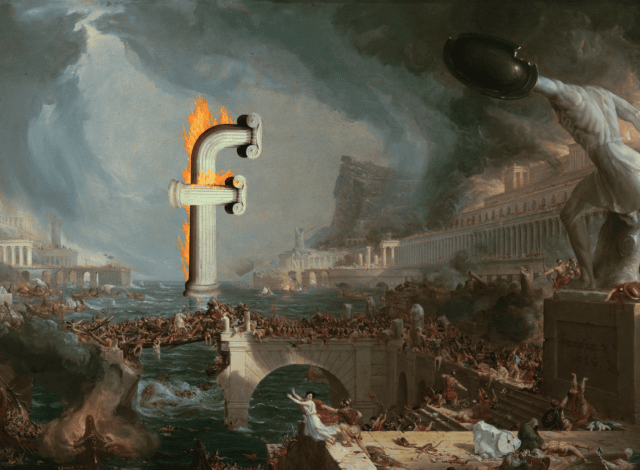

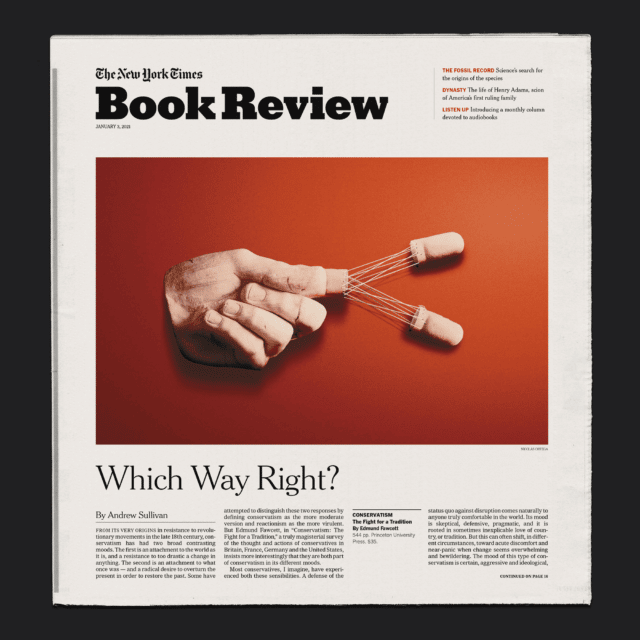
La Belle Noiseuse
La Belle Noiseuse (The Beautiful Troublemaker) is the story of former renowned artist Edouard Frenhofer, who comes out of retirement to revisit an abandoned project. Through his creative process, the film explores questions about truth, meaning, life, and artistic limits.
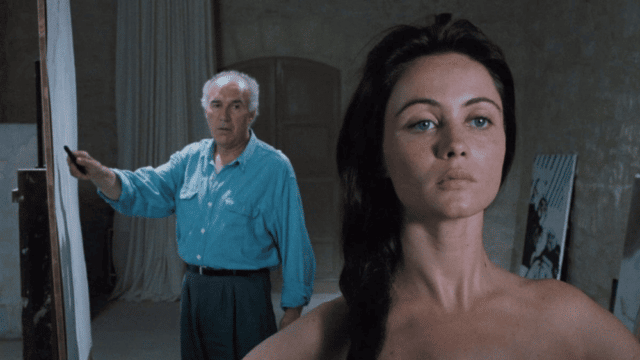
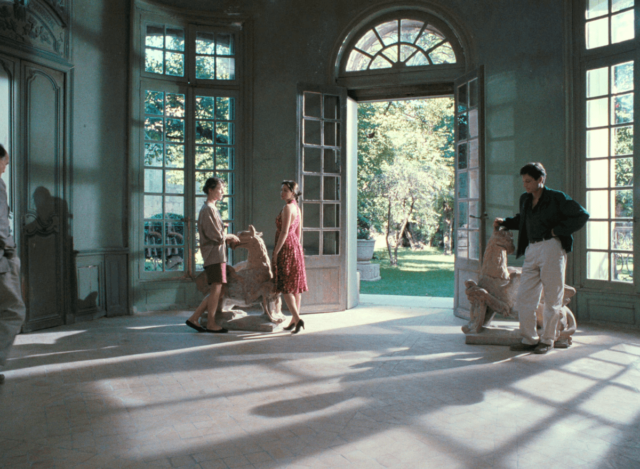
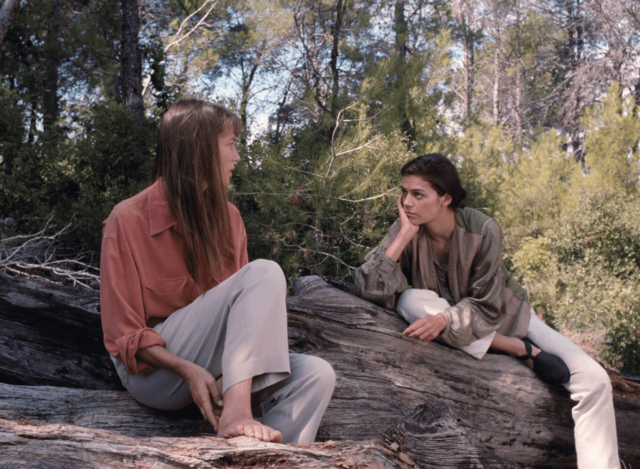
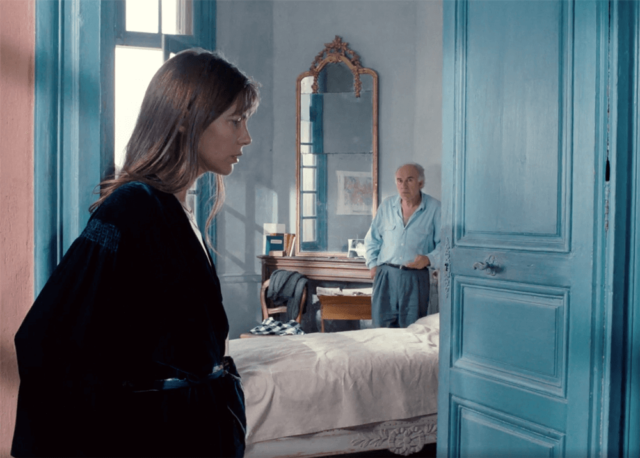
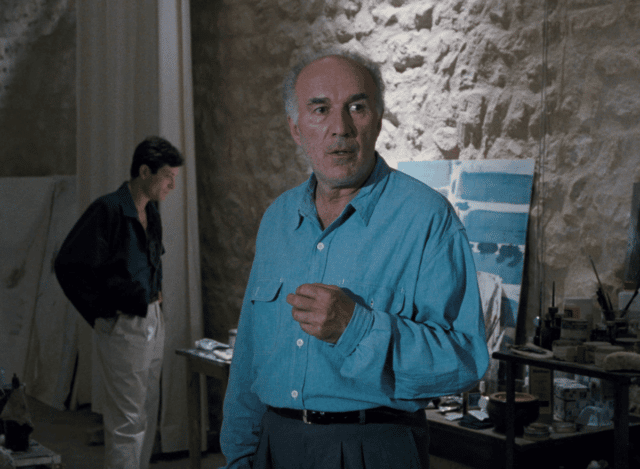
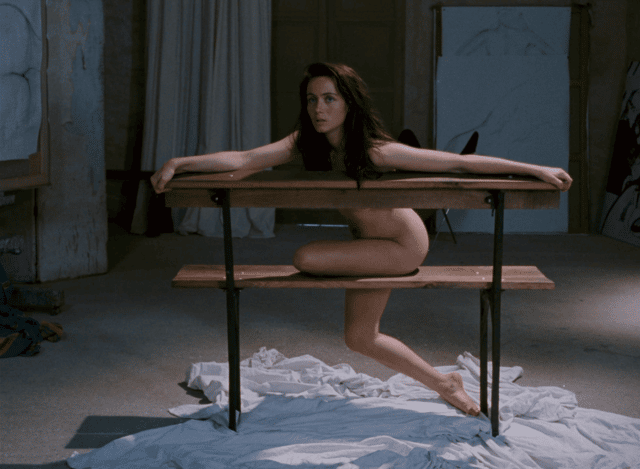
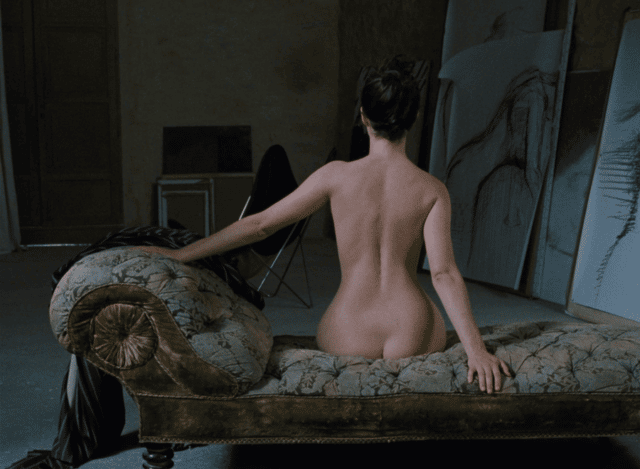
V:
What film has had the most impact on your practice, and how has it directly influenced your work?
NO:
When I was studying Graphic Design in Colombia (where I am from), there was a film teacher I met who recommended La Belle Noiseuse by Jacques Rivette to me. I remember I had to rewatch it a few times in order to understand the real meaning of the movie and the relationship between the artist and his work. I was shocked that the main character, Edouard Frenhofer, was struggling with his own creative process throughout the film. He’s struggling to make a masterpiece that needs to be done not for other people, but for himself. I found this conflict fascinating and since then I feel that it’s been my goal as well. As designers we struggle with this relationship of how our work is received – but I think the most important thing is you, you are the final judge of your artwork.
Wild Strawberries
Isak Borg, a grouchy retired doctor – travels from Stockholm to Lund in order to receive an honorary degree from his alma mater. During his travels, he’s forced to come to terms with his success and failures in life, and make peace with his unavoidable death. Through a series of flashbacks, fantasies, dreams, and nightmares – the film explores one man’s story of self-discovery.
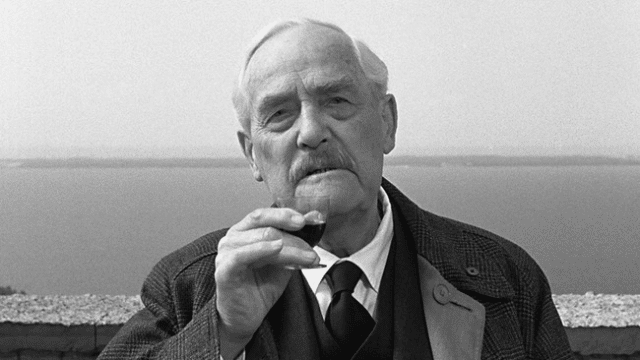
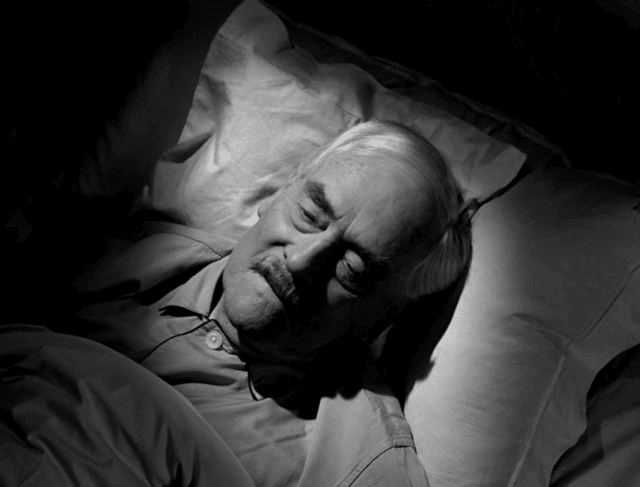
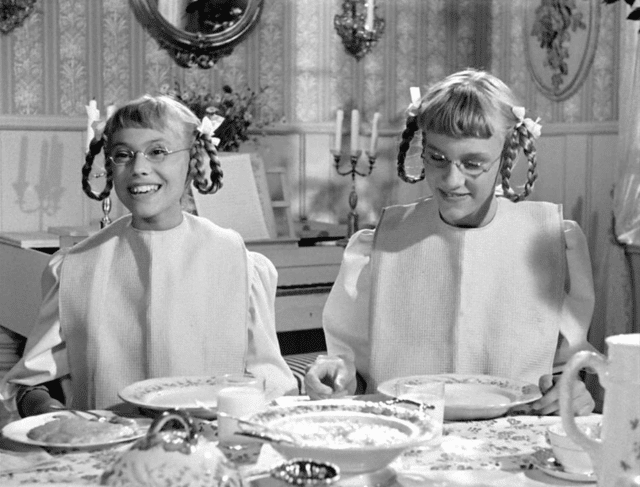
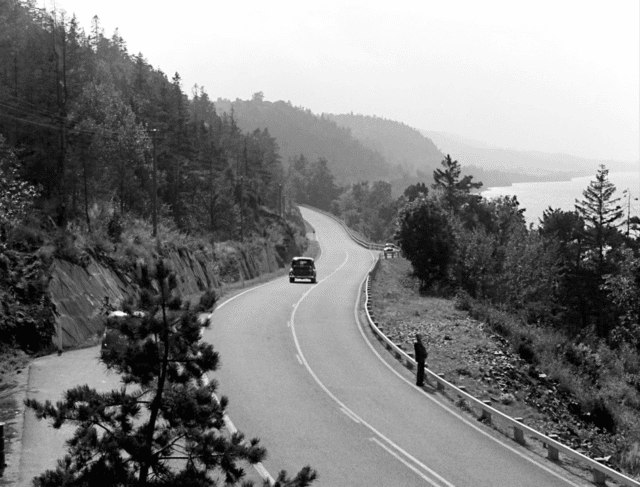
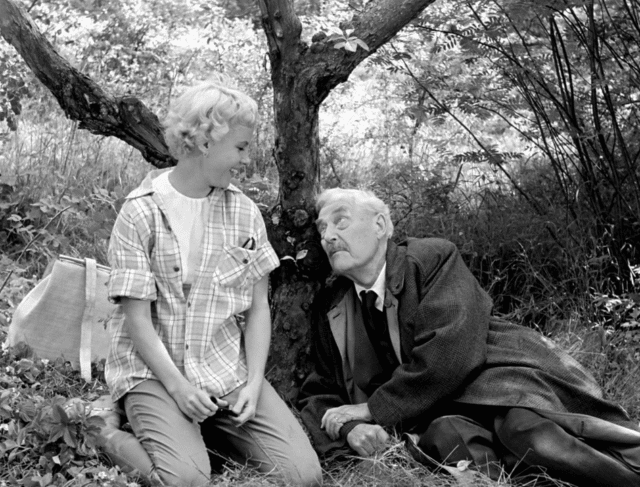
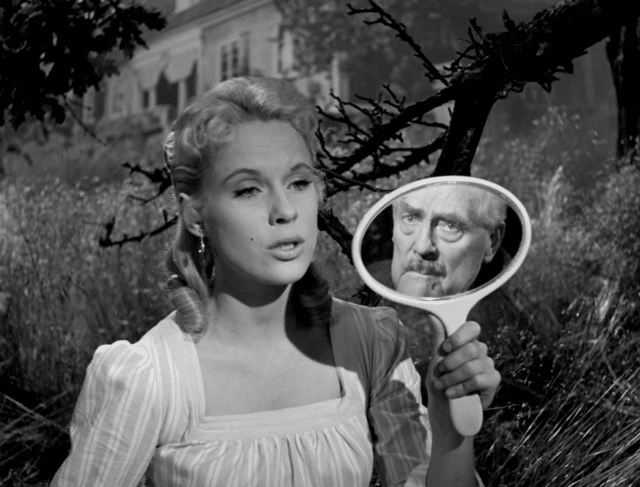
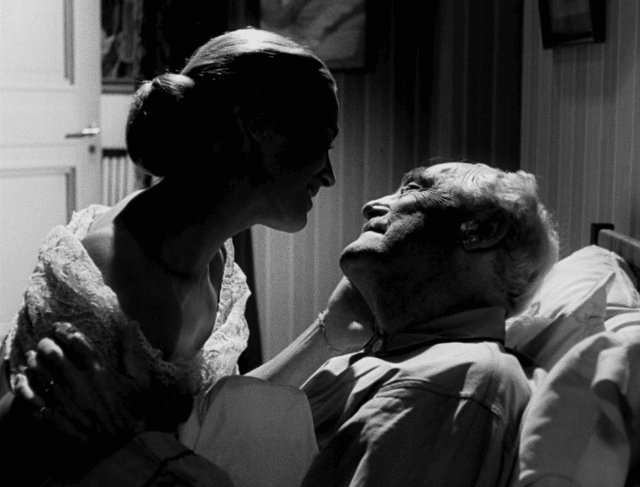
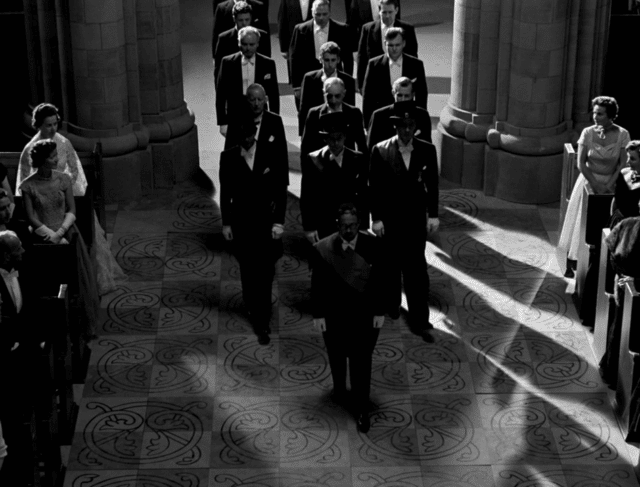
V:
Storytelling plays a major role in your work, what film’s story has deeply resonated with you creatively and personally?
NO:
Wild Strawberries, by Ingmar Bergman…100%. The story is about Isak, a grouchy, grumpy professor at the end of his life recounting everything he’s done. During his travels from Stockholm to Lund in order to receive an honorary degree – Isak is forced by nightmares, daydreams, old age, and impending death to reevaluate his life. I feel that must be the goal at the end of any life, to recount what you lived through and make peace with the bad and the good of what you have done. I still think the final scene is one of the greatest shots ever made in the history of cinema. Bergman was good at playing with the theme of the human soul – I feel that resonates with me more than anything. Because of this, he is still one of my favorite filmmakers today.
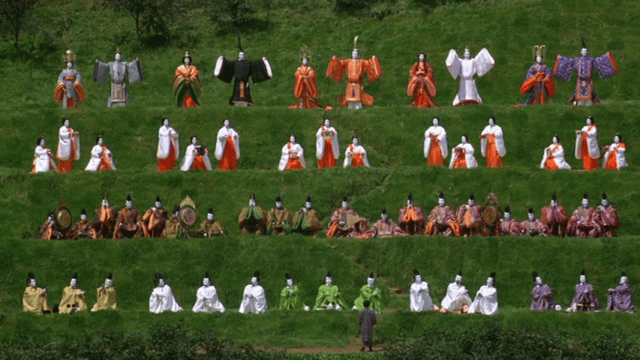
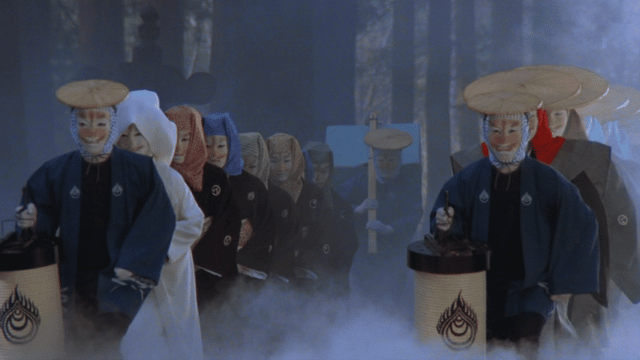
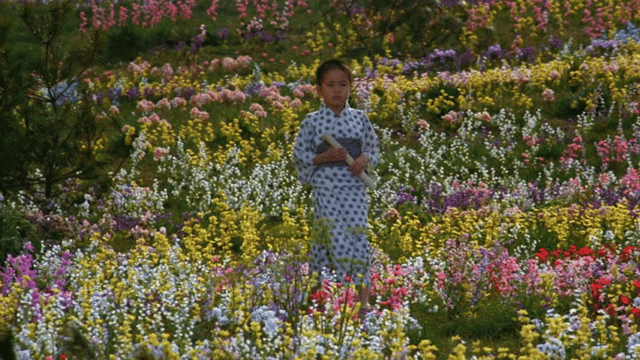
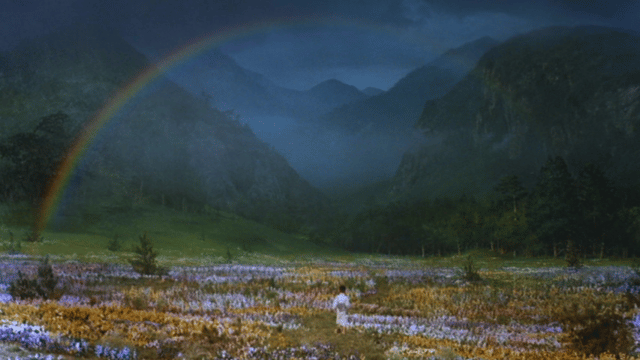
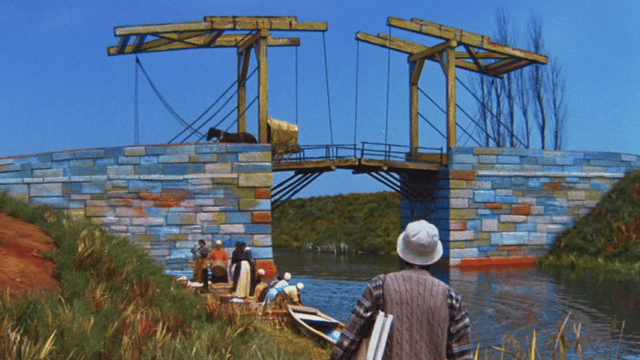
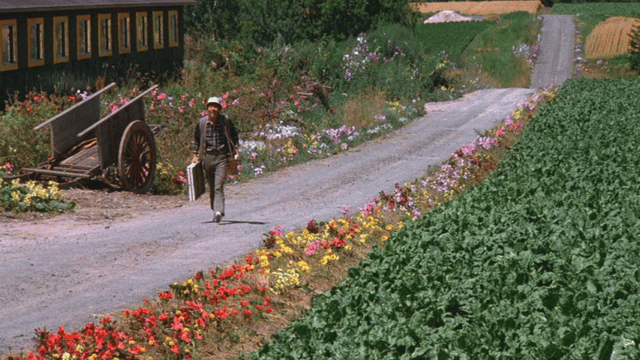
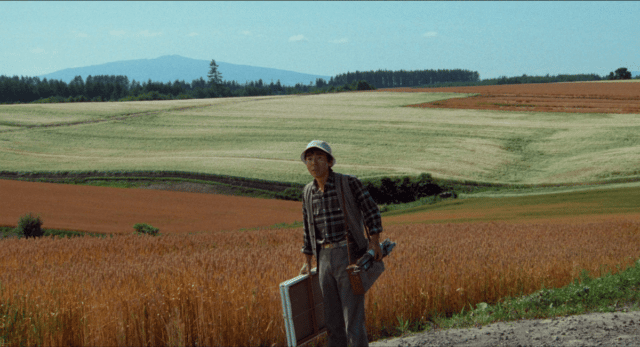
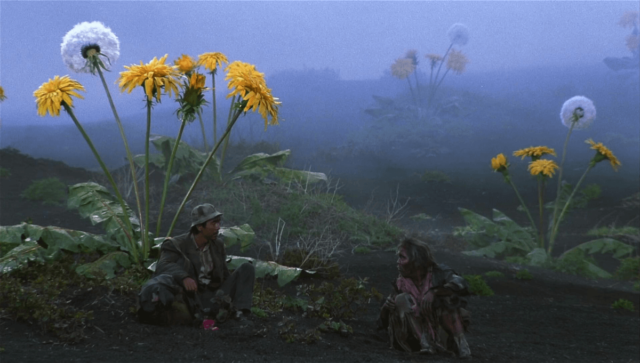
V:
As creatives we all have influences we try to emulate and/or projects we wish we created – is there one film that you wish you made?
NO:
Tricky…there are so many good movies around. I really love how advanced anime director, Satoshi Kon was for his time – in terms of craft and concepts of the future. Cinema is a domain where genres are established and are hard to twist – animation I feel is an extra challenge. Each one of his movies is an incredible and unique experience made 30 years ago. His playfulness of magical realism, technology, and bending realities still resonate with me. The same thing happened to me recently with the Italian filmmaker, Alice Rohrwacher – in a different tone but same essence as Kono. It is hard to pin which genre she belongs to and why, but her films feel so fresh. I believe it’s because they are not inspired by other filmmakers but by ancient literature masters.
And of course…if I have to add more, I wish I did any Kurosawa film. Every movie is a masterpiece – Dreams is still my favorite.